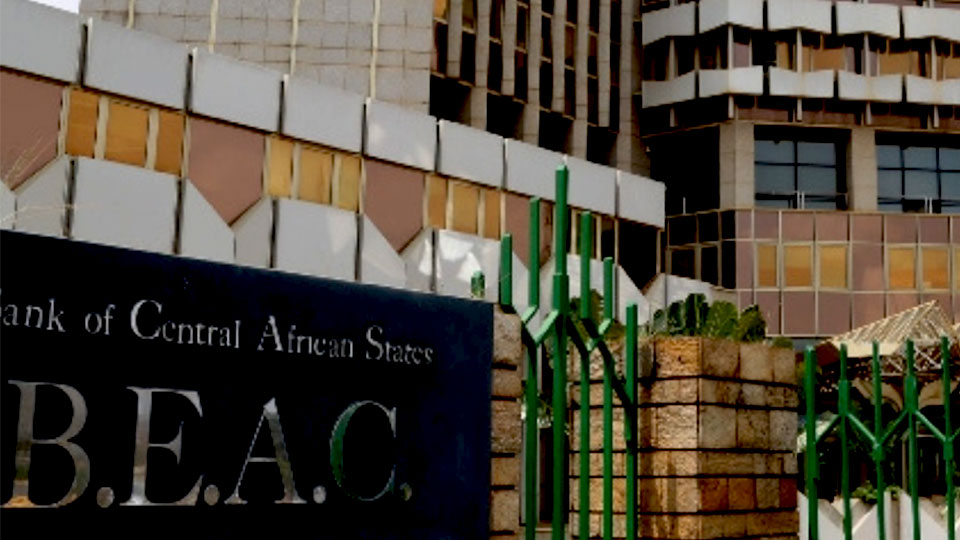This memorandum analyses the 2023 annual report on payment services issued by the Bank of Central African States (BEAC).
BEAC’s 2023 annual data reflects a market entering a pivotal phase of maturity, characterised by accelerated transactional growth and shifting consumer behaviour.
These developments present not only significant opportunities but also complex regulatory challenges for market participants and investors across the Central African Economic and Monetary Community (CEMAC).
Executive Summary
BEAC’s 2023 data points to a market in transformation. A 45.99% surge in transaction volume underscores deepening consumer adoption, while a 15.58% decline in average transaction value evidences the rapid mainstreaming of micropayments.
Notably, this evolution—alongside the entry of new providers and continued GIMAC network expansion—has prompted stepped-up regulatory oversight by the Banking Commission of Central Africa (COBAC).
Market entrants and established operators are required to adapt to an increasingly stringent compliance environment while identifying avenues for strategic growth, particularly in underserved and frontier jurisdictions.
1. Market Liberalisation and the Evolving Licensing Landscape
COBAC’s authorisation of Banco Nacional de Guinea Equatorial in 2023 as a Payment Institution, acting through MUNI S.A., signifies ongoing yet measured liberalisation within the regional market and sets concrete regulatory benchmarks for future entrants.
Implication for Investors: Prospective participants should anticipate a rigorous vetting process. It is imperative to embed robust anti-money laundering (AML), counter-financing of terrorism (CFT), and data protection protocols into operating models from inception. The standards set by this precedent provide strategic guidance for structuring new license applications.
2. Data Trends: Evidence of Mainstream Adoption and Regulatory Priorities
The pronounced increase in transaction count, set against a decline in average value, signals a decisive shift towards high-frequency, low-value payments—a development of increasing regulatory interest.
Strategic Consideration: It is anticipated that COBAC will issue enhanced transaction monitoring mandates and further strengthen consumer protection frameworks. Payment service providers should prepare for new requirements concerning dispute resolution, transaction ceilings, and fee transparency to protect an expanding user base.
3. Regional Fragmentation and Jurisdictional Risk
Cameroon’s predominance—representing approximately 77% of the region’s transaction value—stands in contrast to the “tax and network headwinds” reported in Congo and data remediation activity in Chad. This regional disparity highlights persistent jurisdictional risk.
Compliance Imperative: Operators should calibrate their strategies to local risks, factoring in heterogeneous tax regimes, infrastructural resilience, and divergent enforcement priorities. A uniform regional compliance model is no longer sufficient; tailored, country-specific solutions are critical for mitigating exposure.
4. Frontier Markets: Navigating Regulatory Grey Zones
The absence of fully licensed, independent Payment Institutions in Equatorial Guinea and the Central African Republic presents a complex but compelling strategic opportunity.
Legal Pathway: The principal challenge for new entrants is not one of demand, but of navigating interim regulations and transitional frameworks pending full COBAC/BEAC rule adoption. Proactive engagement with in-country authorities and alignment with the foundational principles of the regional regulatory regime are key to influencing the licensing pipeline and securing first-mover advantage.
5. The Interoperability Imperative and Future Market Structure
GIMAC’s processing of 8.9 million transactions is a major step toward an integrated financial ecosystem. The substantial cross-border receipts (surpassing CFA 557 billion) highlight the network’s critical role in facilitating formal remittance flows.
Strategic Outlook: Interoperability is transitioning from a mere competitive differentiator to an emerging regulatory imperative, shaping both market structure and supervisory guidance. The next phase will likely see COBAC and BEAC drive further merchant payments integration and stronger IBAN-based linkages between mobile wallets and the traditional banking sector. Providers that do not align technologically and commercially with this interoperable future risk strategic obsolescence.
Conclusion
The CEMAC e-money sector is evolving from rapid expansion to a phase of regulatory consolidation, where competitive strategy and regulatory agility will define market leadership.
For investors and operators, sustained success will demand a nuanced understanding of market data, regulatory trajectories, and the interplay between regional and national developments.
Navigating the complexities of licensing, tailoring compliance approaches, and positioning for interoperability will distinguish market leaders in this dynamic sector.
This memorandum is provided for informational purposes only and does not constitute legal advice. Legal advice should be sought for specific situations.
For further information regarding the contents of this memorandum, please contact us via [email protected]
FinTech & Payments | Financial Institutions & Regulation
About Us: We advise and assist FinTechs, Payments and Financial Institutions on Regulatory and Compliance requirements throughout CEMAC and the African continent.






